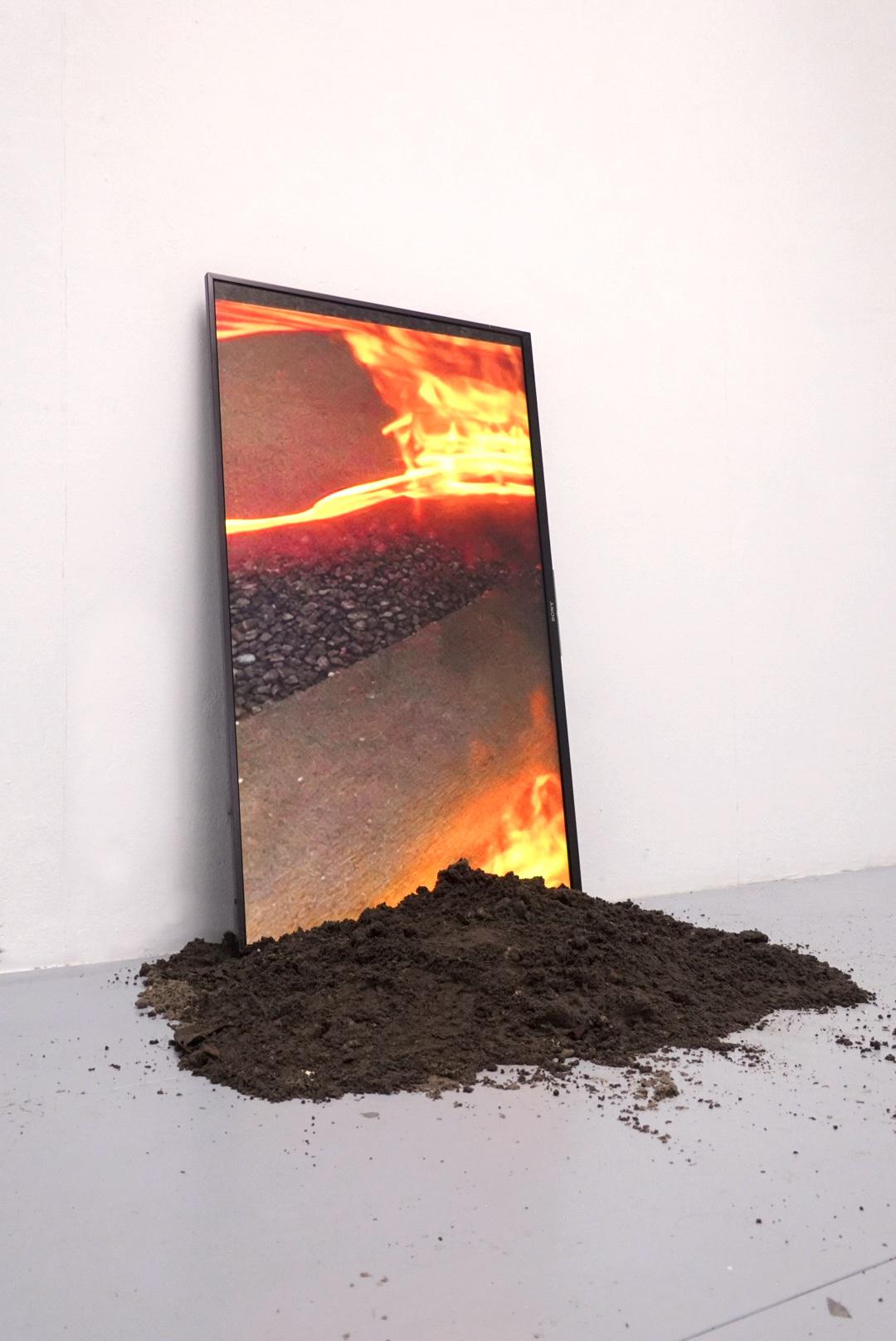"Objects in the Mirror Are Closer Than They Appear." This particular phrase is frequently displayed on rear-view mirrors of vehicles as a cautionary reminder to drivers regarding the disparity between perceived distance and actual distance of objects
In this novel, kexin utilizes its optical phenomenon as a metaphor to portray digital platforms in the post-truth era as convex mirrors and mediators that reflect various dimensions and materials of reality onto a nonfiction dimension, which is not the opposite of real-life but rather the source of its creation. It manifests the property of in-betweenness that wanders among our constructions of the imagination of actuality.
The novel's protagonist -- "I" is suddenly unable to perceive 'my' own reflection in real life and begins instead to project 'my' missing sense of self onto an online character. This virtual other gradually becomes the fictional reality through which the protagonist confirms her identity. In the end, the protagonist vanishes without a trace, leaving uncertainty as to whether "I" ever existed at all.
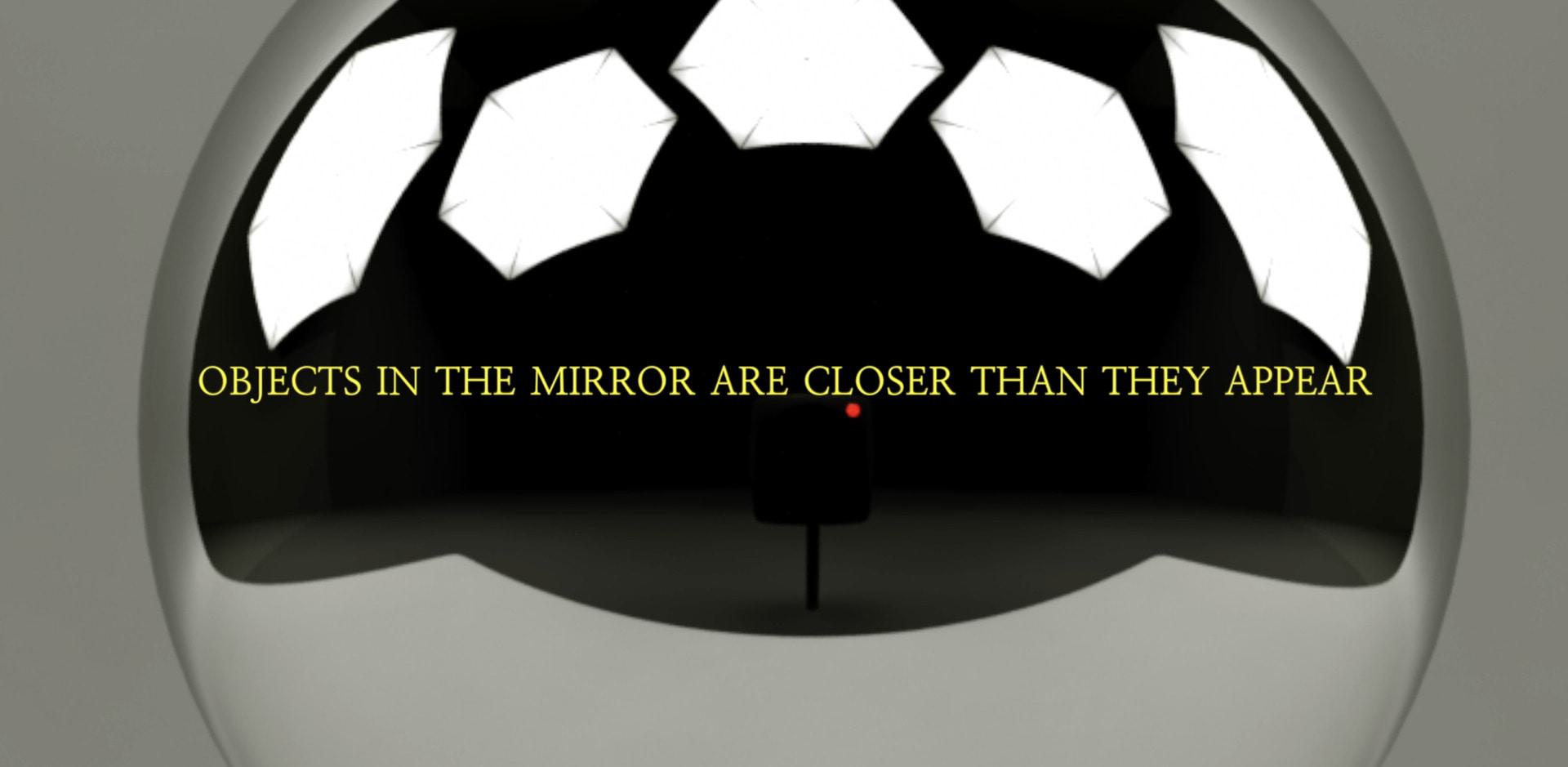
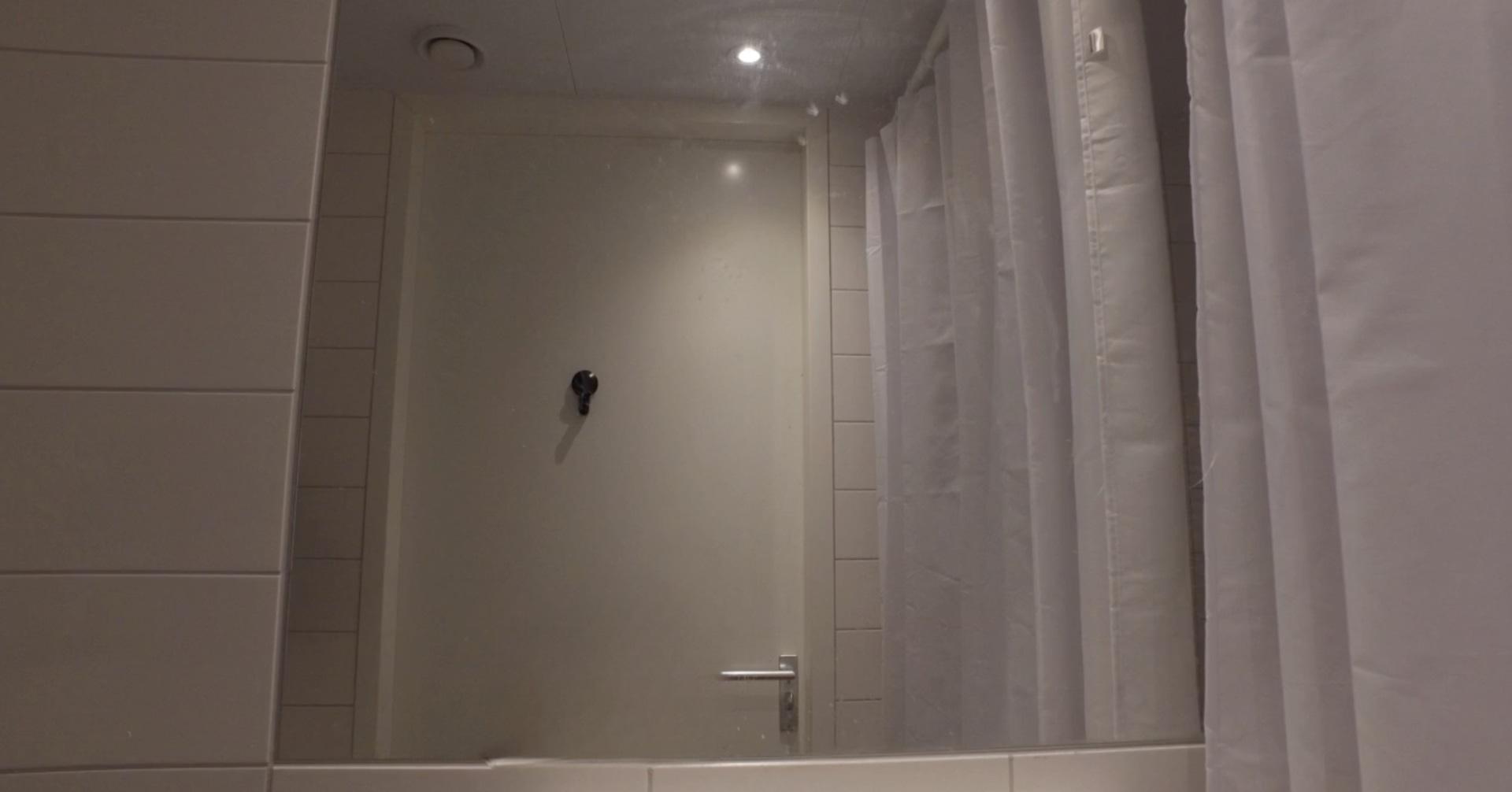
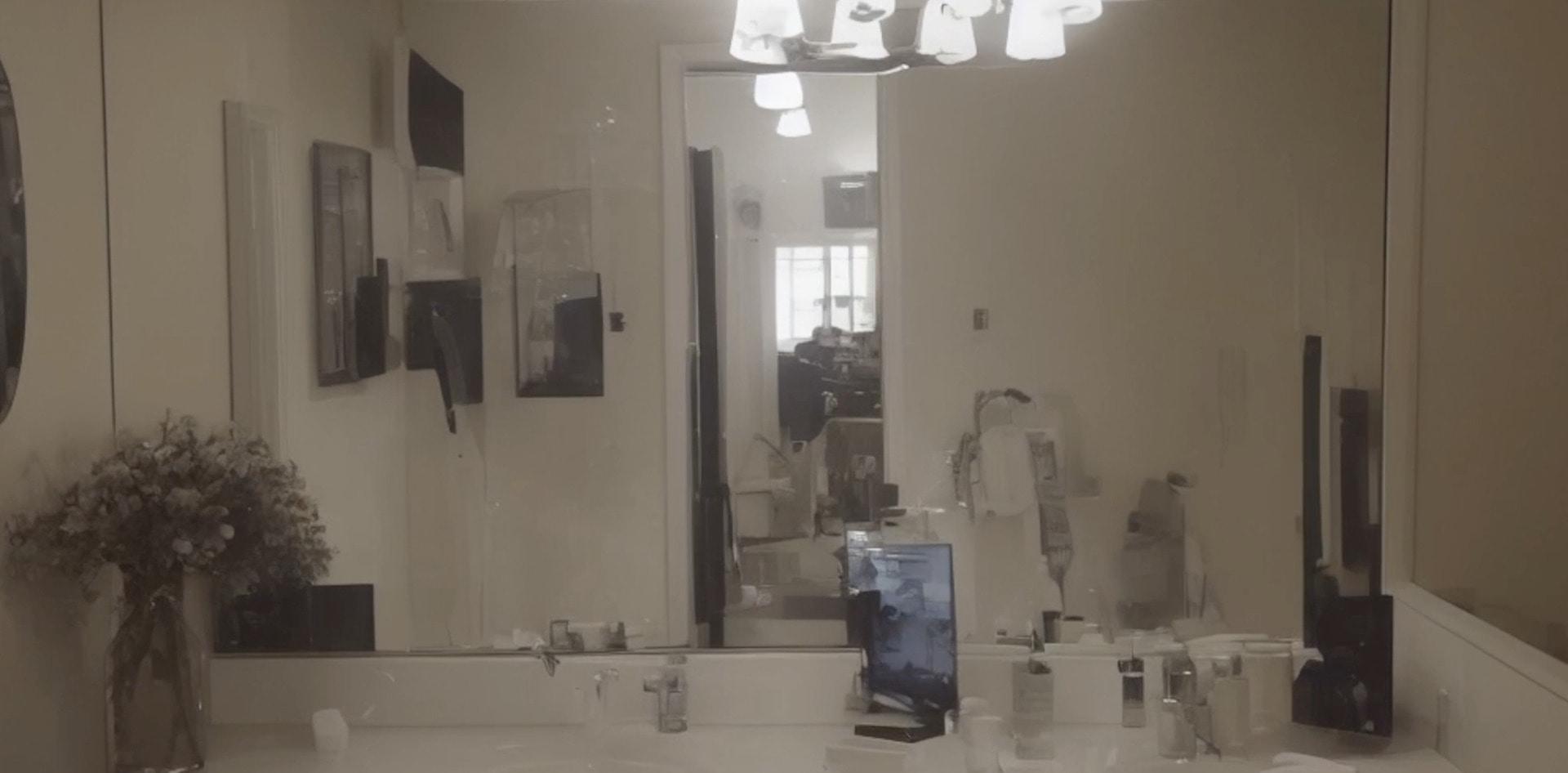
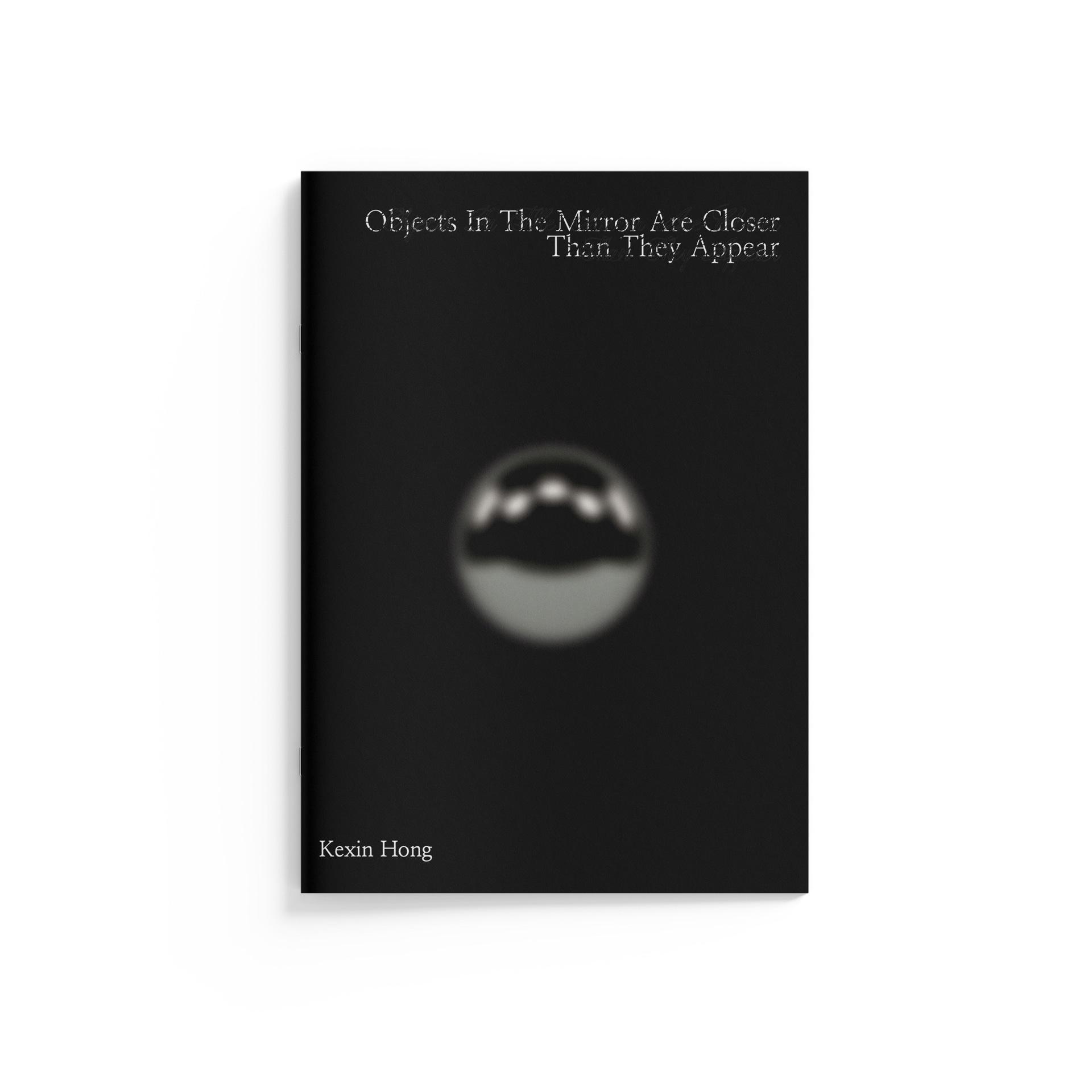
"Objects in the Mirror Are Closer Than They Appear." This particular phrase is frequently displayed on rear-view mirrors of vehicles as a cautionary reminder to drivers regarding the disparity between perceived distance and actual distance of objects
In this novel, I utilize its optical phenomenon as a metaphor to portray digital platforms in the post-truth era as convex mirrors and mediators that reflect various dimensions and materials of reality onto a nonfiction dimension, which is not the opposite of real-life but rather the source of its creation. It manifests the property of in-betweenness that wanders among our constructions of the imagination of actuality.
the novel describes a story that :
The protagonist -- "I" is suddenly unable to perceive my own reflection in real life and begins instead to project my missing sense of self onto an online character. This virtual other gradually becomes the fictional reality through which the protagonist confirms my identity. In the end, I vanish without a trace, leaving uncertainty as to whether I ever existed at all.
Artist statement
Kexin Hong (b. China) is a multidisciplinary artist working with film, AI-generated video, installation and digital fabrication to explore psychosocial and political forces in the digital realm. Kexin investigates the increasingly blurred lines between reality and virtuality, the real and the fictive, truth and post-truth, particularly in relation to the self and how it responds to bodies of power in the digital age.
Ambitions
In the next five years, I hope to continue my research and artistic projects in the Netherlands and become a critical and academic cross-media artist and designer. I hope to build cultural and artistic bridges between the younger generations of China and the Netherlands in more innovative and creative ways, especially in the field of digital technology and media. Because I believe that art can serve as an important medium for cultural communication, and the power of aesthetics can transcend language barriers.
Learned during the studies
The diversity of culture and the multi-layered impact of art on collective and individuals, as well as how to be 'myself'.
List of publications / exhibitions / prices / concerts / shows etc.
2018 Graphic Designer Assistant, Brownie Studio, Shanghai, China
2019 Live Photographer, Rockbund Art Museum, Shanghai, China
2019 - 2021 Art Director, The Output, Shanghai, China
Model, Performer — Vogue China/Versace/Adidas, etc.
EXHIBITION:
2017 “Media Patient”, Hangzhou Phoenix Creative Industry Center, China
2018 “Situational Anomie in 4’50”, NonDual, United Kingdom
2018 “Blue Apple” Nowness Art Film, Guangzhou K11, China
2018 Performer, “Asia one” by CAO FEI
2019 “Rebirth”, Bananafish Gallery, Shanghai, China
2019 “Rebirth”, Fluid Borders Art Fair, New Zealand
2019 “0 am/12 pm” , Tiaoshui Gallery, Shanghai, China
2020 GLOW SHENZHEN 2020 VI design, Guangzhou k11, China
2021 “Rear/Real”, Tproject Hangzhou Sangshang Art, China
2022 Upstream Gallery BYOB group exhibition, Amsterdam
2022 Spatial Negativity and Hijacks through Hybrid Materiality, Summer Academy, Austria
2022 Temporary Takeover Educational residency, Casco Institute, Utrecht
Objects in the Mirror Are Closer Than They Appear
The theoretical foundation of this novel is rooted in my research on how traumatic experiences affect an individual's projection mechanism in the digital age. Through my research, it has shown that an individual's projection mechanism is influenced by their social environment and the process of digitization. For instance, individuals can represent themselves with different avatars and identities in virtual realities, in addition to their identities in the physical world. the gradual blurring of boundaries between the online and offline worlds, and the increasing dominance of physical/virtual hybridity, may cause confusion about one's identity.
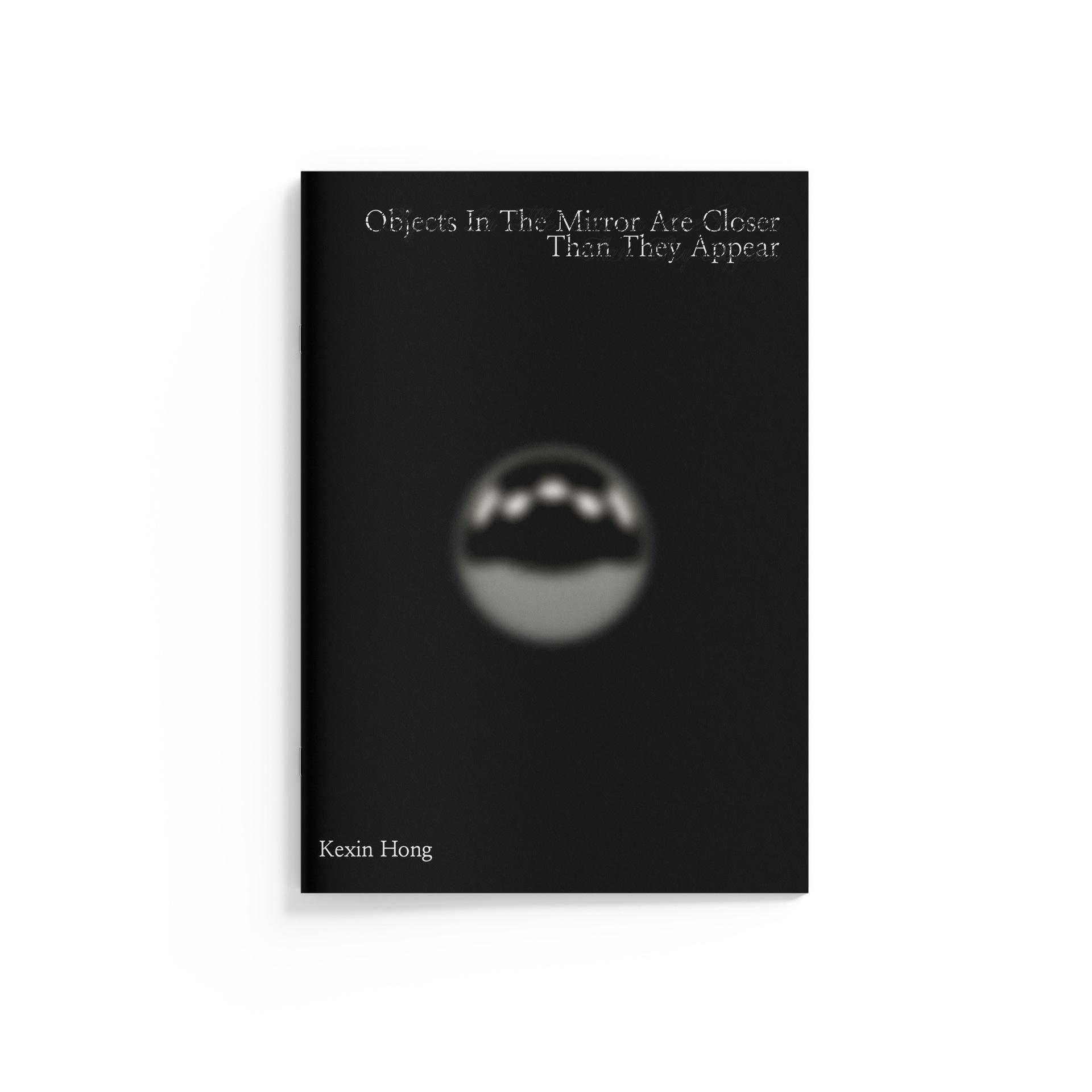
Scorching Whispers
People's cognitive capacity as a critical strategy in politics at the moment.
In Lacan's terms, it narrates a “missed encounter” with the reality that, because it is missed, can only be repeated. The repetition of the scenes is dedicated to realize them, not to simulate them, much less to derealized them.
The destructive effect of fire exists only in the real world, just as it scorches people when they touch it. Once it is transformed into a digital form, it is robbed of its most potent properties and transformed into a singular visual effect. But due to the character of Hyperaesthesia of social media, people have numbed in the long stretch of the informational flood.
In this work, I inputted a poem about fire into an AI generator. The generator then collected and analyzed my words as input information to generate its own visual scenario. However, due to the continuous stream of AI-generated images and the viewer's perception of trying to discern the content of each frame, the viewer's sensitivity becomes completely numbed. This silencing effect creates an ideal condition for a certain form of propaganda that aims to induce a systemic level of blindness in opponents, making it difficult for people to see and understand what is happening to them by inundating them with too many signals at once.
Furthermore, this collecting behavior, dissecting the structure of language and fabricating virtual situations, is highly reminiscent of how propaganda exploits the cognitive capacity of the public to construct its own ideology. This unseen virtual data generator operates silently, like a flame, forcing individuals to become fuel and then coalescing into a collectivity of narratives.
